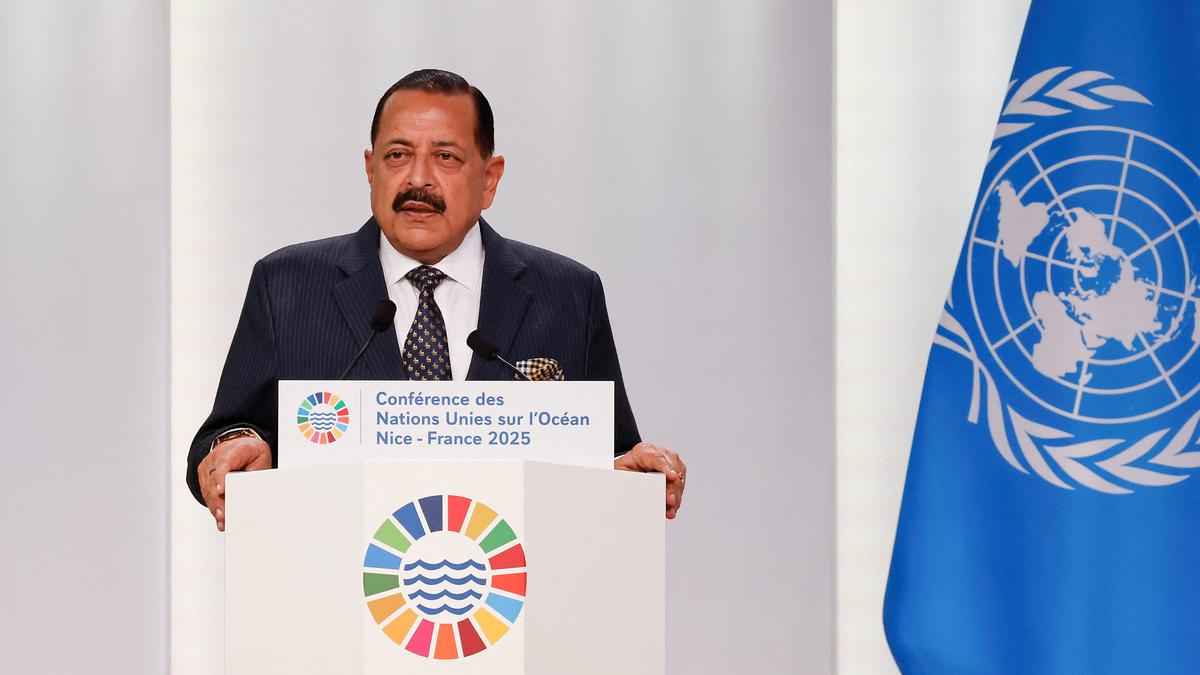The recently concluded United Nations Oceans Conference (UNOC) in France marked a pivotal moment for international marine conservation efforts. At the heart of the event was the formal progress of the Biodiversity Beyond National Jurisdiction (BBNJ) agreement—widely known as the High Seas Treaty—which aims to safeguard biodiversity in international waters and establish legally binding marine protected zones.
What is the United Nations Oceans Conference (UNOC)?
United Nations Oceans Conference (UNOC) serves as a vital forum for nations to collaborate on strategies to protect the world’s oceans. The third edition of the conference zeroed in on addressing overfishing, unregulated deep-sea mining, and the urgent need to conserve ocean ecosystems beyond national boundaries. Its objectives are tightly aligned with the Convention on Biological Diversity, particularly the ambitious goal of protecting 30% of marine and coastal areas by 2030.
The BBNJ Agreement: Why It Matters
The BBNJ treaty is a cornerstone agreement aimed at conserving marine biodiversity in areas beyond national control. For it to become legally enforceable, 60 countries must ratify it. As of the conclusion of UNOC, 56 nations had formally endorsed the treaty—putting it within reach of activation. The agreement outlines several key measures:
- Creation of marine protected areas on the high seas
- Mandatory environmental impact assessments for human activities
- Fair and transparent governance of marine genetic resources
- Capacity-building support for developing countries to enhance their marine management
Challenges Ahead
Despite progress, major challenges persist. One of the most debated issues is equitable benefit-sharing from marine genetic resources. The high seas are home to unique organisms with potential commercial and scientific value, but there is little consensus on how profits from their use should be distributed. Environmental advocates also warn that without robust safeguards, ocean ecosystems remain at risk of irreversible degradation.
Key Announcements & Global Commitments
The UNOC witnessed an impressive array of voluntary pledges and funding initiatives:
- European Commission: €1 billion for sustainable ocean projects
- French Polynesia: Creation of the world’s largest marine protected area (5 million sq km)
- New Zealand: Over $52 million for Pacific ocean governance
- Germany: €100 million initiative to clean up underwater munitions
- High Ambition Coalition for a Quiet Ocean: 37 countries united against ocean noise pollution
- Italy: €6.5 million to bolster marine area surveillance
- Canada: $9 million to support climate resilience in Small Island Developing States
- Spain: Plans to designate five new marine protected areas, covering 25% of its waters
Looking Ahead: What’s Next?
The UN targets 70 ratifications by September, which would clear the path for the first BBNJ Conference of Parties (COP) expected in late 2026. Continued international cooperation will be crucial to turn this momentum into tangible outcomes for the planet’s oceans.



